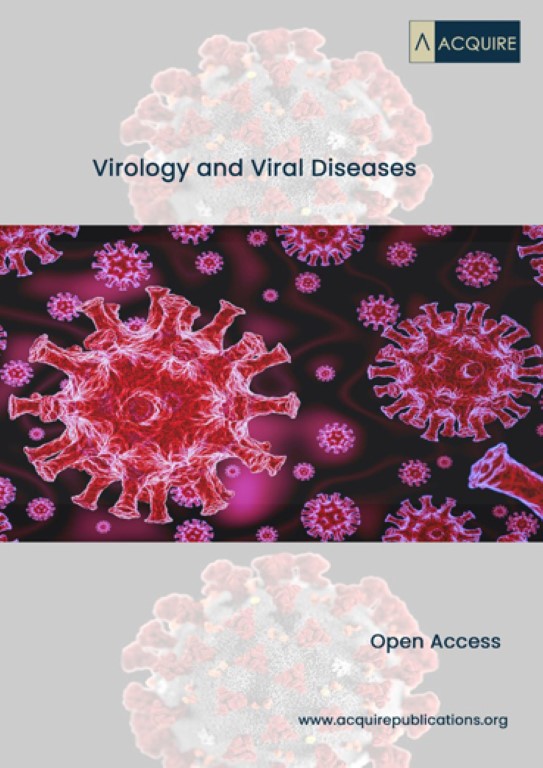>Corresponding Author : Michel Leclerc
>Article Type : Research Article
>Volume : 2 | Issue : 1
>Received Date : 10 January, 2022
>Accepted Date : 19 January, 2022
>Published Date : 21 January, 2022
>DOI : https://doi.org/10.54289/JVVD2200101
>Citation : : Leclerc M. (2022) Ophuirid Ophiocomina Nigra HLA-E Gene Synthesis in PUC-GW-KAN Plasmid or HLA-E Echinodermata Gene Biosynthesis « De Novo » in E. Coli Sensu Lato Plasmid. J Virol Viral Dis 2(1): doi https://doi.org/10.54289/JVVD2200101
>Copyright : © 2022 Leclerc M. This is an open-access article distributed under the terms of the Creative Commons Attribution License, which permits unrestricted use, distribution, and reproduction in any medium, provided the original author and source are credited.
Research Article | Open Access
Immunology of Invertebrates, 556 Rue Isabelle Romée, 45640 Sandillon France
*Corresponding author: Michel Leclerc, Immunology of Invertebrates, 556 Rue Isabelle Romée, 45640 Sandillon France
Abstract:
We have isolated recently MHC genes in Echinodermata [1] in 3 classes: The Ophuirids, the Crinoïds, the Asterids. At that time, we decided to synthetize one of these genes: The well-known HLA-E one in a PUC-GW-KAN plasmid (Yan Li gift).
Introduction:
We operate according to the following method [2]. It was resumed in 4 parts: 1. Synthesis of oligonucleotides with overlapping segments in sense and antisense direction. 2. Assembly of the oligonucleotides into a double stranded DNA, using a poly chain assembly method (PCA). 3. For larger constructs, the sequence is split into smaller, intermediate fragments, to facilitate synthesis. Once the intermediated fragments have been obtained with correct sequence, they are assembled into the full-length sequence. 4. Cloning into the linearized vector by either recombination or ligation-based cloning, mostly performed within the same step as full-length sequence assembly. Regarding the restriction site, which was used for cloning, construct was cloned into vector pUC-GW by using the unique EcoRV restriction site. Please find below the primers used for sequencing.
| M13F-77 | GATGTGCTGCAAGGCGATTA |
| M13R-88 | TTATGCTTCCGGCTCGTATG |
| U-SEQ4883 | CCTCCAATCGGGTAACTC |
Results:
1) Plasmid map:
The construct appears below

2) Recalling of Original sequence in 5’-3’:
TGTAATCCCAGCACTTTGGGAGGCCGAGGCGGGCGGATCACGAGGTCAGGAGATCGAGACCATCCTGGCTAACACAGTGAAACCCCGTCTCTACTAAAAATACAAAAAATTAGCCGGGCGTGGTGGCGGGCGCCTGTAGTCCCAGCTACTCGGGAGGCTGAGGCAGGAGAATGGCGTGAACCCGGGAGGCGGAGCTTGCAGTGAGCCGAGATCGCGCCACTGCACTCCAGCCTGGGCGACAGAGCGAGACTCTGTCTCAAAAAAAAAAAAAAAAAAAAAAA
3) Synthetized sequence in 5’-3’:
TGTAATCCCAGCACTTTGGGAGGCCGAGGCGGGCGGATCACGAGGTCAGGAGATCGAGACCATCCTGGCTAACACAGTGAAACCCCGTCTCTACTAAAAATACAAAAAATTAGCCGGGCGTGGTGGCGGGCGCCTGTAGTCCCAGCTACTCGGGAGGCTGAGGCAGGAGAATGGCGTGAACCCGGGAGGCGGAGCTTGCAGTGAGCCGAGATCGCGCCACTGCACTCCAGCCTGGGCGACAGAGCGAGACTCTGTCTCAAAAAAAAAAAAAAAAAAAAAAA
4) Blastn original sequence/ synthetized sequence
The table 1: Resumes mainly the identities and the e-value between these 2 precedent sequences. Chromatograms were also performed:
Table 1: Comparisons between original sequence and synthetized one.
| Size Seq1 | Size Seq2 | Max score | Total score | Query cover | E. Value | Per. Ident | Acc Len |
|---|---|---|---|---|---|---|---|
| 281 | 281 | 520 | 520 | 100% | 7e-152 | 100% | 934 |
Conclusion:
We conclude our experiment is valid when compared to table 1. Furthermore, we assert, it is the first time such discovery:
a) MHC Genes in Echinodermata (Invertebrates) were found
b) biosynthesis of HLA-E echinodermata gene in a PUC-GW-KAN plasmid was performed.
References:
